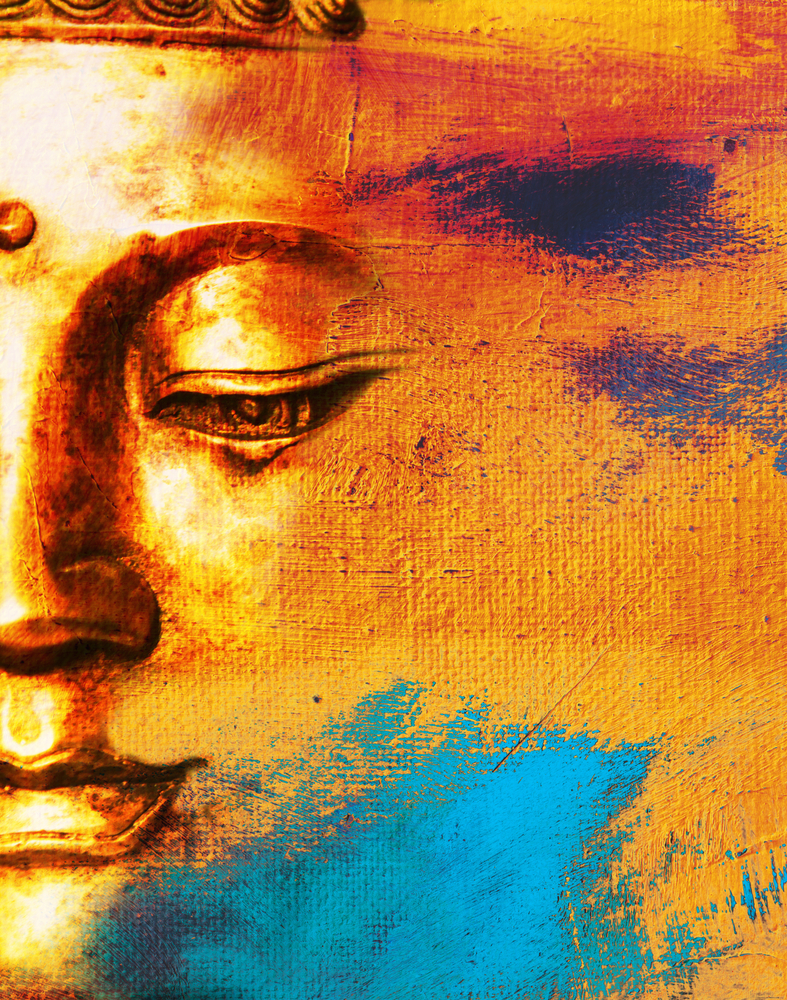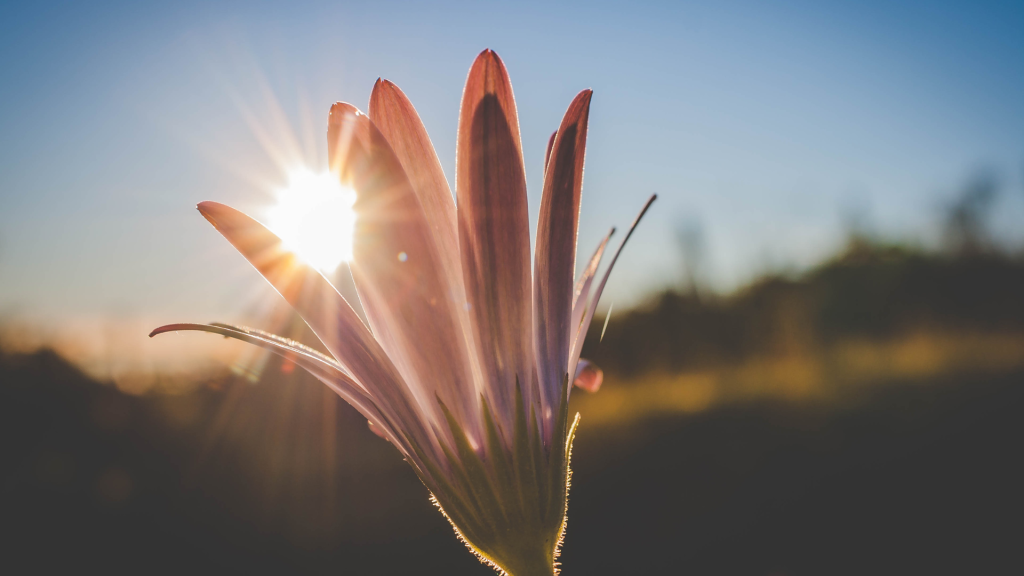The path of awakening begins with a step the Buddha called right understanding. Right understanding has two parts. To start with, it asks a question of our hearts. What do we really value, what do we really care about in this life? Our lives are quite short. Our childhood goes by very quickly, then adolescence and adult life go by. We can be complacent and let our lives disappear in a dream, or we can become aware. In the beginning of practice we must ask what is most important to us. When we’re ready to die, what will we want to have done? What will we care about most? At the time of death, people who have tried to live consciously ask only one or two questions about their life: Did I learn to live wisely? Did I love well? We can begin by asking them now.
This is the beginning of right understanding: looking at our lives, seeing that they are impermanent and fleeting, and taking into account what matters to us most deeply. In the same way, we can look at the world around us, where there is a tremendous amount of suffering, war, poverty, and disease. What does the world need to foster a safe and compassionate existence for all? Human suffering and hardship cannot be alleviated just by a simple change of government or a new monetary policy, although these things may help. On the deepest level, problems such as war and starvation are not solved by economics and politics alone. Their source is prejudice and fear in the human heart— and their solution also lies in the human heart. What the world needs most is people who are less bound by prejudice. It needs more love, more generosity, more mercy, more openness. The root of human problems is not a lack of resources but comes from the misunderstanding, fear, and separateness that can be found in the hearts of people.
Right understanding starts by acknowledging the suffering and difficulties in the world around us as well as in our own lives. Then it asks us to touch what we really value inside, to find what we really care about, and to use that as the basis of our spiritual practice. When we see that things are not quite right in the world and in ourselves, we also become aware of another possibility, of the potential for us to open to greater loving-kindness and a deep intuitive wisdom. From our heart comes inspiration for the spiritual journey. For some of us this will come as a sense of the great possibility of living in an awake and free way. Others of us are brought to practice as a way to come to terms with the power of suffering in our life. Some are inspired to seek understanding through a practice of discovery and inquiry, while some intuitively sense a connection with the divine or are inspired to practice as a way to open the heart more fully. Whatever brings us to spiritual practice can become a flame in our heart that guides and protects us and brings us to true understanding.
Right understanding also requires from us a recognition and understanding of the law of karma. Karma is not just a mystical idea about something esoteric like past lives in Tibet. The term karma refers to the law of cause and effect. It means that what we do and how we act create our future experiences. If we are angry at many people, we start to live in a climate of hate. People will get angry at us in return. If we cultivate love, it returns to us. It’s simply how the law works in our lives.
Someone asked a vipassana teacher, Ruth Dennison, if she could explain karma very simply. She said, ‘‘Sure. Karma means you don’t get away with nothing!’’ Whatever we do, however we act, creates how we become, how we will be, and how the world will be around us. To understand karma is wonderful because within this law there are possibilities of changing the direction of our lives. We can actually train ourselves and transform the climate in which we live. We can practice being more loving, more aware, more conscious, or whatever we want. We can practice in retreats or while driving or in the supermarket checkout line. If we practice kindness, then spontaneously we start to experience more and more kindness within us and from the world around us.
There’s a story of the Sufi figure Mullah Nasruddin, who is both a fool and a wise man. He was out one day in his garden sprinkling breadcrumbs around the flowerbeds. A neighbor came by and asked, ‘‘Mullah, why are you doing that?’’
Nasruddin answered, ‘‘Oh, I do it to keep the tigers away.’’
The neighbor said, ‘‘But there aren’t any tigers within thousands of miles of here.’’
Nasruddin replied, ‘‘Effective, isn’t it?’’
Spiritual practice is not a mindless repetition of ritual or prayer. It works through consciously realizing the law of cause and effect and aligning our lives to it. Perhaps we can sense the potential of awakening in ourselves, but we must also see that it doesn’t happen by itself. There are laws that we can follow to actualize this potential. How we act, how we relate to ourselves, to our bodies, to the people around us, to our work, creates the kind of world we live in, creates our very freedom or suffering.
This excerpt is taken from the book Seeking the Heart of Wisdom






